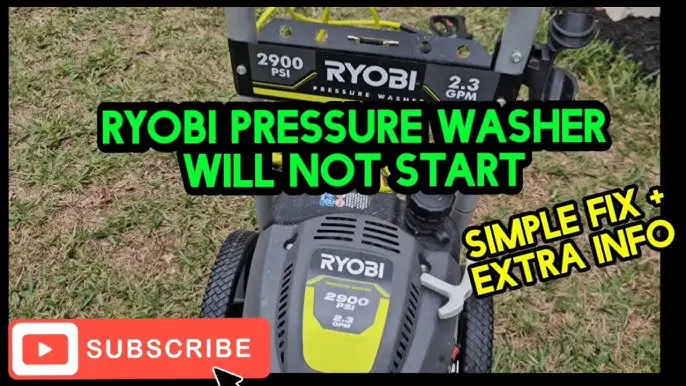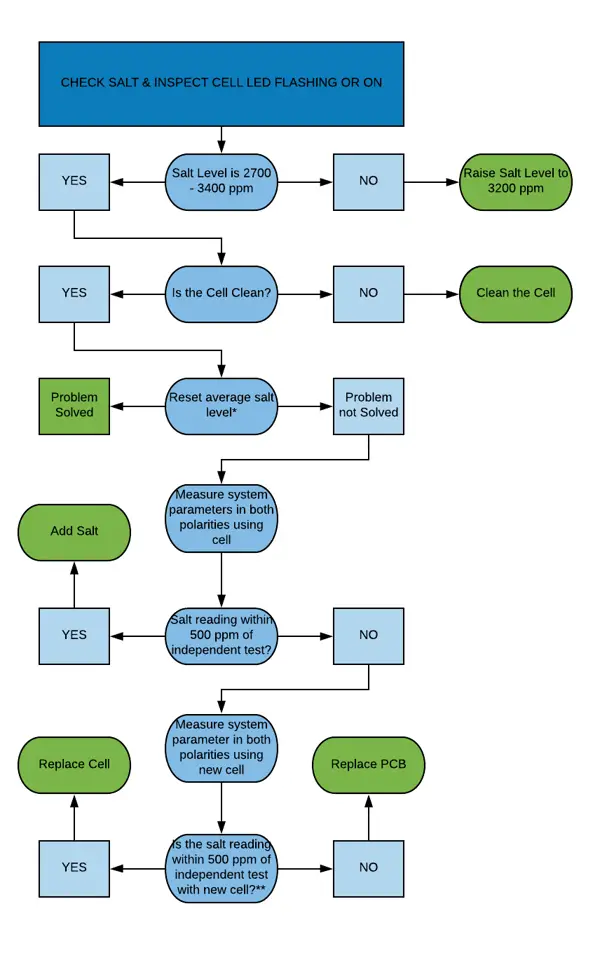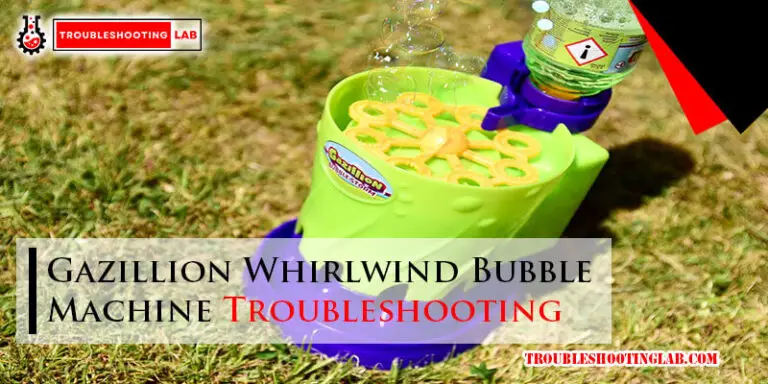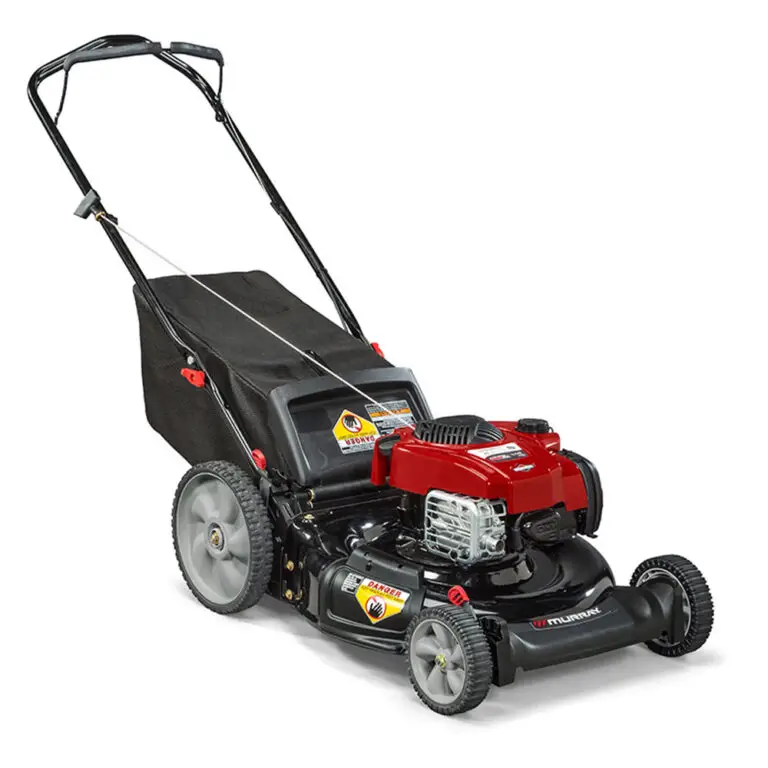Mercury Outboard Troubleshooting: Essential Tips for Smooth Sailing
Boating is a favorite pastime for many, and Mercury outboard motors are popular choices. These engines are reliable but, like all machinery, they can have issues.
Understanding how to troubleshoot common problems can save you time and money. Mercury outboard troubleshooting helps you get back on the water faster. This guide will provide clear steps for diagnosing and fixing common issues. By following these tips, you can ensure your engine runs smoothly, and you enjoy your time on the water.
Whether you’re dealing with starting problems, overheating, or other issues, this guide has you covered. Let’s dive into the basics and keep your boat adventure-ready.

Credit: www.youtube.com
Introduction To Mercury Outboard Engines
Mercury Outboard Engines are a popular choice for boat enthusiasts. They offer reliability and performance. Understanding these engines helps you troubleshoot issues efficiently.
Common Features
Mercury Outboard Engines come with several common features:
- Electronic Fuel Injection (EFI): Ensures smooth operation and better fuel efficiency.
- SmartCraft Digital Technology: Provides real-time data on engine performance.
- Advanced Sound Control: Reduces engine noise for a quieter ride.
- Corrosion Resistance: Special coatings and materials protect the engine from saltwater damage.
Importance Of Maintenance
Regular maintenance is crucial for the longevity of your Mercury Outboard Engine. Here are some key maintenance tasks:
- Oil Changes: Replace the engine oil every 100 hours of use.
- Fuel System: Check for clogs and replace the fuel filter annually.
- Cooling System: Inspect and clean the water pump to avoid overheating.
- Spark Plugs: Replace spark plugs every season for optimal performance.
- Battery Check: Ensure the battery is charged and connections are clean.
Proper maintenance prevents many common issues and extends the life of your engine.
Identifying Common Issues
Owning a Mercury outboard motor can be a rewarding experience. But, like all engines, it can face problems. Understanding how to identify common issues is key. This section will help you troubleshoot and fix some of the most frequent problems with your Mercury outboard motor.
Engine Won’t Start
An engine that won’t start can be frustrating. Several factors can cause this issue.
- Battery: Check if the battery is charged. Use a multimeter to check the voltage.
- Fuel System: Ensure the fuel tank is full. Check for any blockages in the fuel line.
- Spark Plugs: Inspect the spark plugs. Clean or replace them if they are dirty or damaged.
- Kill Switch: Verify the kill switch is in the correct position.
Overheating Problems
Overheating can damage your engine. Identifying the cause early can save you from expensive repairs.
| Issue | Solution |
|---|---|
| Water Intake Blockage | Check the water intake for debris. Clean it thoroughly. |
| Water Pump Failure | Inspect the water pump. Replace it if it is malfunctioning. |
| Thermostat Issues | Test the thermostat. Replace it if it is not opening properly. |
Basic Troubleshooting Steps
Facing issues with your Mercury outboard motor? Start with these basic troubleshooting steps. These steps will help you identify and fix common problems. Below are the essential checks you should perform.
Checking Fuel System
The fuel system is crucial for the outboard motor’s performance. Follow these steps to ensure everything is in order:
- Inspect Fuel Lines: Look for cracks, clogs, or leaks. Replace damaged lines immediately.
- Check Fuel Tank: Make sure the tank has enough fuel. Ensure the vent is open and not clogged.
- Examine Fuel Filters: Dirty fuel filters can block fuel flow. Clean or replace them as needed.
- Inspect Fuel Pump: A faulty fuel pump can cause engine problems. Test the pump and replace if necessary.
Inspecting Electrical Components
The electrical system is another vital part. Here’s how to check it:
- Test the Battery: Use a multimeter to check the battery voltage. Replace if it’s below the required level.
- Examine Spark Plugs: Remove and inspect spark plugs. Clean or replace them if fouled.
- Check the Ignition System: Ensure all connections are secure. Test ignition coils and replace any faulty parts.
- Inspect Wiring: Look for any damaged or loose wires. Repair or replace them to ensure proper connectivity.
By following these steps, you can diagnose and solve most common issues with your Mercury outboard motor. Regular maintenance can prevent many problems, keeping your motor running smoothly.
Advanced Troubleshooting Techniques
Having trouble with your Mercury Outboard engine? You might need some advanced troubleshooting techniques. These methods help identify deeper issues. Let’s explore two critical techniques: compression testing and analyzing engine diagnostics.
Compression Testing
Compression testing is essential for checking the health of your engine. It helps determine if the cylinders are working properly.
- First, remove the spark plugs.
- Attach the compression gauge to the spark plug hole.
- Turn the engine over a few times.
- Read the gauge to check the compression levels.
Normal compression readings should be between 90-110 psi. Low readings may indicate worn-out rings or valves. High readings can signal carbon buildup.
| Compression (psi) | Possible Issue |
|---|---|
| Below 90 | Worn-out rings or valves |
| 90-110 | Normal |
| Above 110 | Carbon buildup |
Analyzing Engine Diagnostics
Modern Mercury Outboards come with advanced diagnostic systems. These systems help identify issues through error codes and alerts.
- Connect the diagnostic tool to the engine’s data port.
- Turn on the engine and the diagnostic tool.
- Read the displayed error codes.
- Refer to the manual to decode the error messages.
Common error codes can relate to fuel system issues, electrical problems, or sensor malfunctions. Addressing these errors early can prevent major damage.
Regularly checking diagnostics ensures the engine runs smoothly. It also helps maintain optimal performance and longevity.
Preventative Maintenance Tips
Keeping your Mercury outboard in top shape requires regular care. Preventative maintenance ensures your engine performs well and lasts longer. Follow these tips to avoid costly repairs and downtime on the water.
Regular Inspections
Inspecting your outboard regularly is crucial. Check for any visible damage, wear, or corrosion. Pay close attention to the following areas:
- Propeller: Ensure there are no dents or cracks.
- Engine Mounts: Look for loose bolts or rust.
- Fuel System: Inspect hoses for cracks or leaks.
Conduct a quick inspection before and after each outing. This habit helps identify issues early. Addressing minor problems promptly can prevent major breakdowns.
Scheduled Servicing
Stick to a regular servicing schedule. Follow the manufacturer’s recommendations for your specific model. Routine servicing typically includes:
- Changing the engine oil and filter.
- Replacing the fuel filter.
- Inspecting and replacing spark plugs if needed.
- Checking the cooling system and flushing it out.
Servicing your outboard at regular intervals ensures optimal performance. It also helps maintain fuel efficiency and reduces the risk of engine failure.
Record each service in a logbook. This practice keeps track of maintenance history and helps identify recurring issues. Consistent servicing can extend the lifespan of your Mercury outboard.

Credit: www.outboardspares.com.au
Diy Fixes For Common Problems
Mercury outboards are great for boating, but they can have issues. Here are some DIY fixes for common problems. These tips will help you get back on the water quickly.
Replacing Spark Plugs
Bad spark plugs can cause your outboard to run poorly. Replacing them is easy and can make a big difference. Follow these steps:
- Turn off the outboard and let it cool.
- Locate the spark plugs. They are usually on the engine block.
- Use a spark plug socket to remove the old plugs.
- Check the gap on the new spark plugs. Use a gap tool to adjust if needed.
- Install the new spark plugs and tighten them with the socket.
- Reconnect the spark plug wires.
Regularly replacing spark plugs ensures smooth engine performance.
Cleaning Carburetors
A dirty carburetor can cause your engine to sputter or stall. Cleaning it can solve many issues. Here’s how:
| Step | Description |
|---|---|
| 1 | Remove the carburetor from the engine. |
| 2 | Disassemble the carburetor carefully. Keep track of small parts. |
| 3 | Soak the parts in carburetor cleaner. Follow the cleaner’s instructions. |
| 4 | Use a brush to remove any deposits. |
| 5 | Rinse the parts with water and let them dry. |
| 6 | Reassemble the carburetor and reinstall it. |
Clean carburetors help your engine run smoothly and efficiently.
When To Seek Professional Help
Owning a Mercury outboard engine brings joy and convenience to your boating experience. But like all machines, it can face issues. Sometimes, basic troubleshooting is not enough. Knowing when to seek professional help can save time and money.
Identifying Major Issues
Some problems are beyond simple fixes. For example, if you hear unusual noises, or the engine is vibrating excessively, it might indicate a serious issue. Similarly, if the engine fails to start, or stalls frequently, it is a red flag. Look out for these signs:
- Unusual noises
- Excessive vibrations
- Engine fails to start
- Frequent stalling
- Smoke from the engine
These issues often require professional expertise. Attempting to fix them without proper knowledge can lead to further damage.
Finding A Qualified Technician
Once you identify a major issue, the next step is to find a qualified technician. Not all mechanics are familiar with Mercury outboard engines. Look for technicians who specialize in these engines. Check their certifications and experience.
Here are a few tips to find the right professional:
- Check for certifications from Mercury Marine.
- Ask for referrals from fellow boat owners.
- Read online reviews and ratings.
- Visit the workshop to see their setup.
- Ask about their experience with similar issues.
Choosing a qualified technician ensures that your engine gets the best care. It also helps in maintaining the longevity and performance of your outboard.
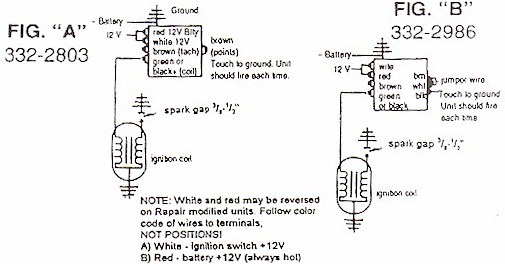
Credit: www.outboardparts.com
Essential Tools And Equipment
Troubleshooting your Mercury outboard motor can be easier with the right tools. Having the proper equipment ensures you diagnose and fix problems quickly. Below, we will discuss the essential tools and equipment you need for effective outboard troubleshooting.
Basic Tool Kit
A basic tool kit is crucial for any Mercury outboard troubleshooting. Here are some essential items to include:
- Screwdrivers: Both flathead and Phillips.
- Wrenches: An adjustable wrench and a set of open-end wrenches.
- Pliers: Needle-nose and standard pliers.
- Socket Set: A range of socket sizes.
- Multimeter: For electrical diagnostics.
- Wire Cutters: Essential for electrical work.
- Flashlight: Helps you see in dark engine spaces.
These tools will cover most basic repairs and maintenance tasks. Always keep them handy in your boat.
Specialized Diagnostic Tools
In addition to a basic tool kit, specialized diagnostic tools are also important. These tools can help you identify and fix more complex issues.
| Tool | Purpose |
|---|---|
| Compression Tester | Measures engine cylinder compression. |
| Timing Light | Checks ignition timing. |
| Fuel Pressure Gauge | Monitors fuel system pressure. |
| Diagnostic Software | Connects to the engine’s computer for error codes. |
These specialized tools provide deeper insights into engine performance. They help you pinpoint issues that basic tools might miss.
Conclusion And Best Practices
Troubleshooting a Mercury outboard can seem daunting. But with the right approach, it becomes manageable. In this section, we summarize key points and share best practices. These tips will ensure smooth sailing every time you hit the water.
Summarizing Key Points
Let’s revisit some vital points:
- Check the fuel system: Ensure no blockages or leaks.
- Inspect the spark plugs: Clean or replace if necessary.
- Battery health: Verify connections and charge levels.
- Propeller condition: Check for damage and proper installation.
- Cooling system: Ensure water flows freely to prevent overheating.
These steps address common issues and keep your outboard motor in top shape.
Ensuring Smooth Sailing
Follow these best practices for trouble-free boating:
- Regular Maintenance: Schedule periodic check-ups with a professional.
- Use Quality Fuel: Opt for clean, high-grade fuel to avoid system clogs.
- Monitor Oil Levels: Always keep oil levels within recommended ranges.
- Store Properly: Store your boat and motor in a dry, cool place.
- Stay Informed: Keep up with the latest Mercury outboard tips and updates.
By adhering to these practices, you minimize problems. Your Mercury outboard will perform reliably, and your time on the water will be more enjoyable.
Frequently Asked Questions
How Do I Troubleshoot My Mercury Outboard Engine?
Start by checking fuel supply, spark plugs, and battery. Inspect wiring for any damages.
Why Won’t My Mercury Outboard Start?
Common causes are empty fuel tank, dead battery, or faulty spark plugs. Check these first.
What Are Signs Of Mercury Outboard Overheating?
Look for steam from the engine or a high-temperature warning. Check coolant levels.
How Do I Fix Rough Idling On My Mercury Outboard?
Clean or replace spark plugs. Check fuel lines and filters for blockages.
Why Is My Mercury Outboard Losing Power?
Possible reasons include dirty fuel filter, worn-out spark plugs, or propeller damage. Inspect these parts.
Conclusion
Troubleshooting your Mercury outboard can be simple with the right steps. Regular maintenance helps prevent many common issues. Always check fuel, spark plugs, and battery connections first. Small problems often have easy fixes. Keep a basic toolkit handy on your boat.
This way, you can address minor issues quickly. Don’t hesitate to consult a professional for major problems. Safe boating relies on a well-functioning outboard. A little knowledge goes a long way. Happy and safe boating!

